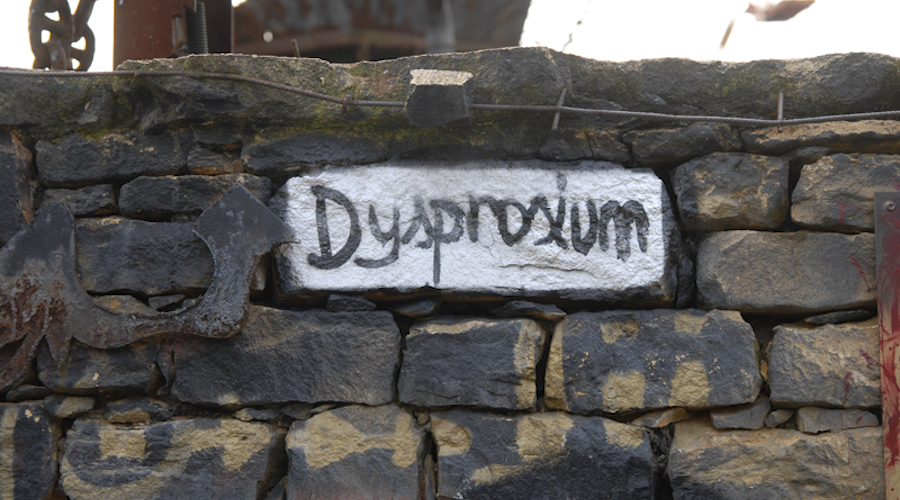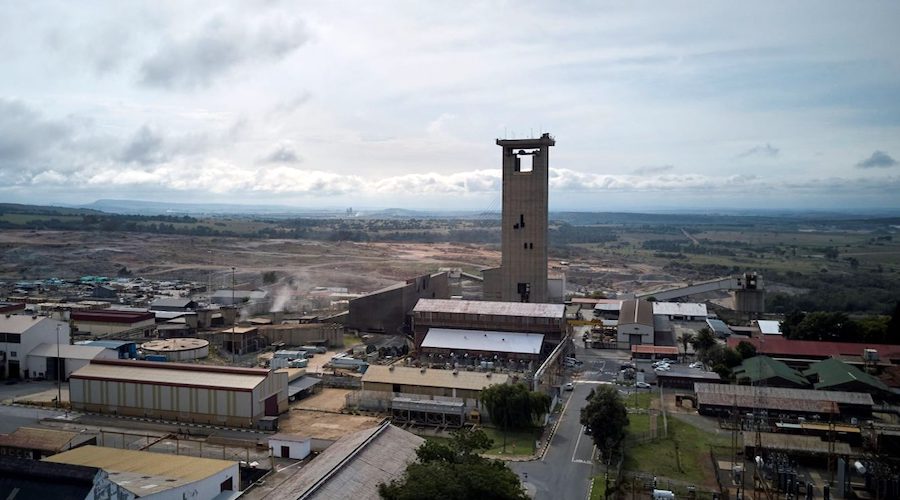A new magnetic way to separate rare earths

Researchers at Pennsylvania University found a way to separate mixtures of rare earth metals by combining a magnetic field with a decrease in temperature, a process that causes metal ions to crystallize at different rates.
The idea behind their proposal is to make rare
In a summary of a research paper they published in Angewandte Chemie International Edition, the scientists explain that by using this approach, it is possible to efficiently and selectively separate heavy rare earths like terbium and ytterbium from lighter metals such as lanthanum and neodymium.
The researchers hope that their systematic approach can take metals separation technologies from being something “magic” to something more controllable, competitive, and cost-effective
They refer to one of the experiments they conducted, which allowed them to obtain 99.7% dysprosium in one step from a 50/50 mixture of lanthanum and dysprosium.
“A 100% boost compared to the same method but without using a magnet,” they wrote in their brief.
Individual rare earth metals differ in their paramagnetism, or how attracted they are to magnetic fields. The idea of leveraging this property prompted the research.
In the team’s view, their proposal could significantly reduce the huge amount of acid waste generated in conventional rare earth metals extraction.
This is because many chemical properties, such as solubility or how they react with other elements, are very similar between rare earth metals and this lack of a strong chemical difference means that separating them requires a massive input of acid solution, as well as time and energy.
“It works well when you do it 10,000 times, but each individual step is poorly efficient,” said Eric Schelter, principal investigator of the lab that produced the study. “Our position is to address niche applications related to chemical separations using an approach that can be applied to new separation systems to complement existing technology.”
In the view of Schelter’s colleague and lead author of the study, Robert Higgins, the faster scientists can find new ways of performing separations more efficiently, the faster it is possible to improve some of the geopolitical and climate issues that are associated with rare earth mining and recycling.
More News
{{ commodity.name }}
{{ post.title }}
{{ post.date }}



3 Comments
Stan
The work was done at the University of Pennsylvania not Pennsylvania University.
François Lebel
This technology could probably be used in conjunction of Geomema’s ISR technology. https://ressourcesgeomega.ca/wp-content/uploads/Corp_Pres/GEOMEGA_EN_LD.pdf
Gary McNeish
I have been working on the same type of process and I am ready to submit a patent application to cover the extraction of REE without acids, chemicals or solvents.